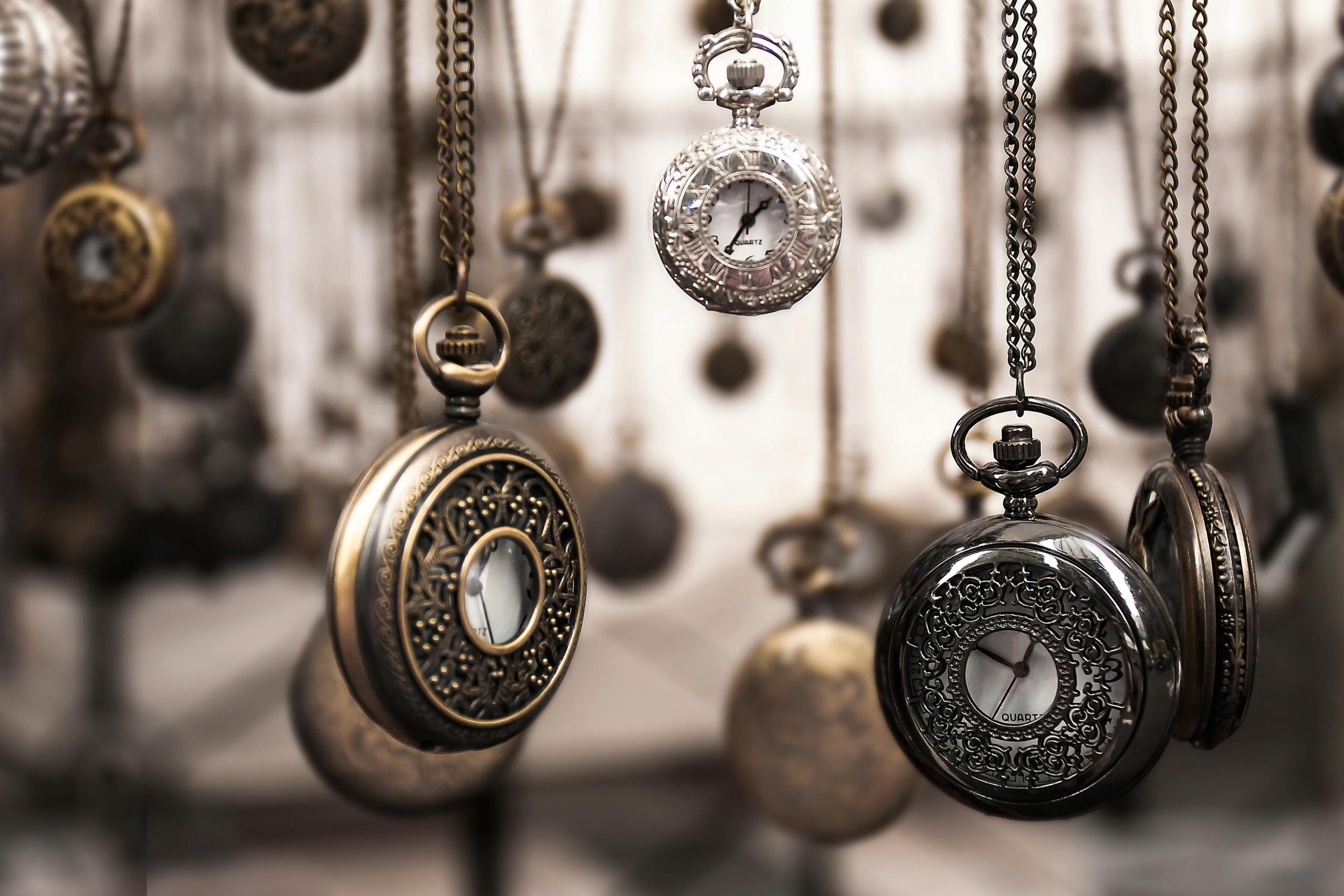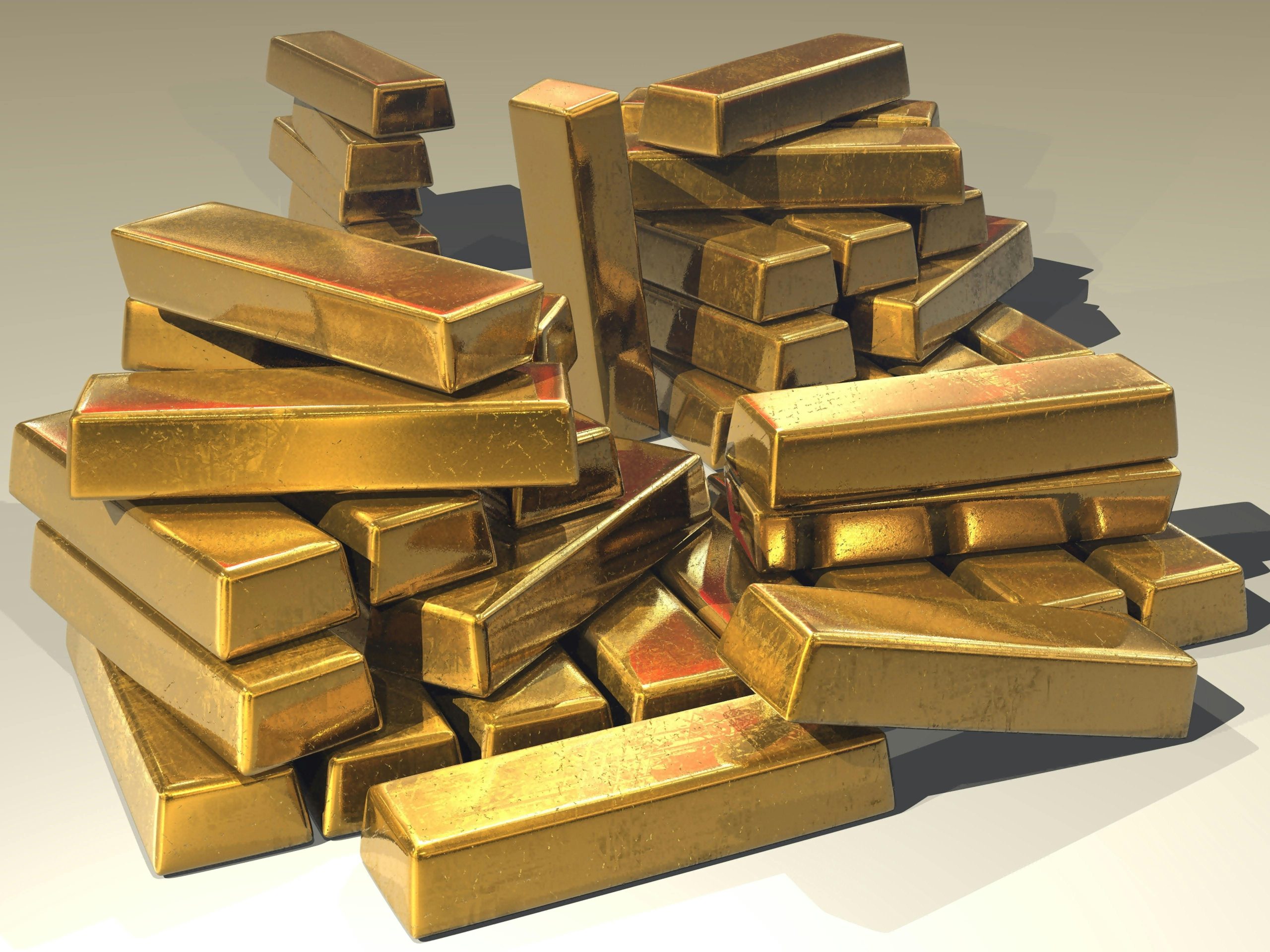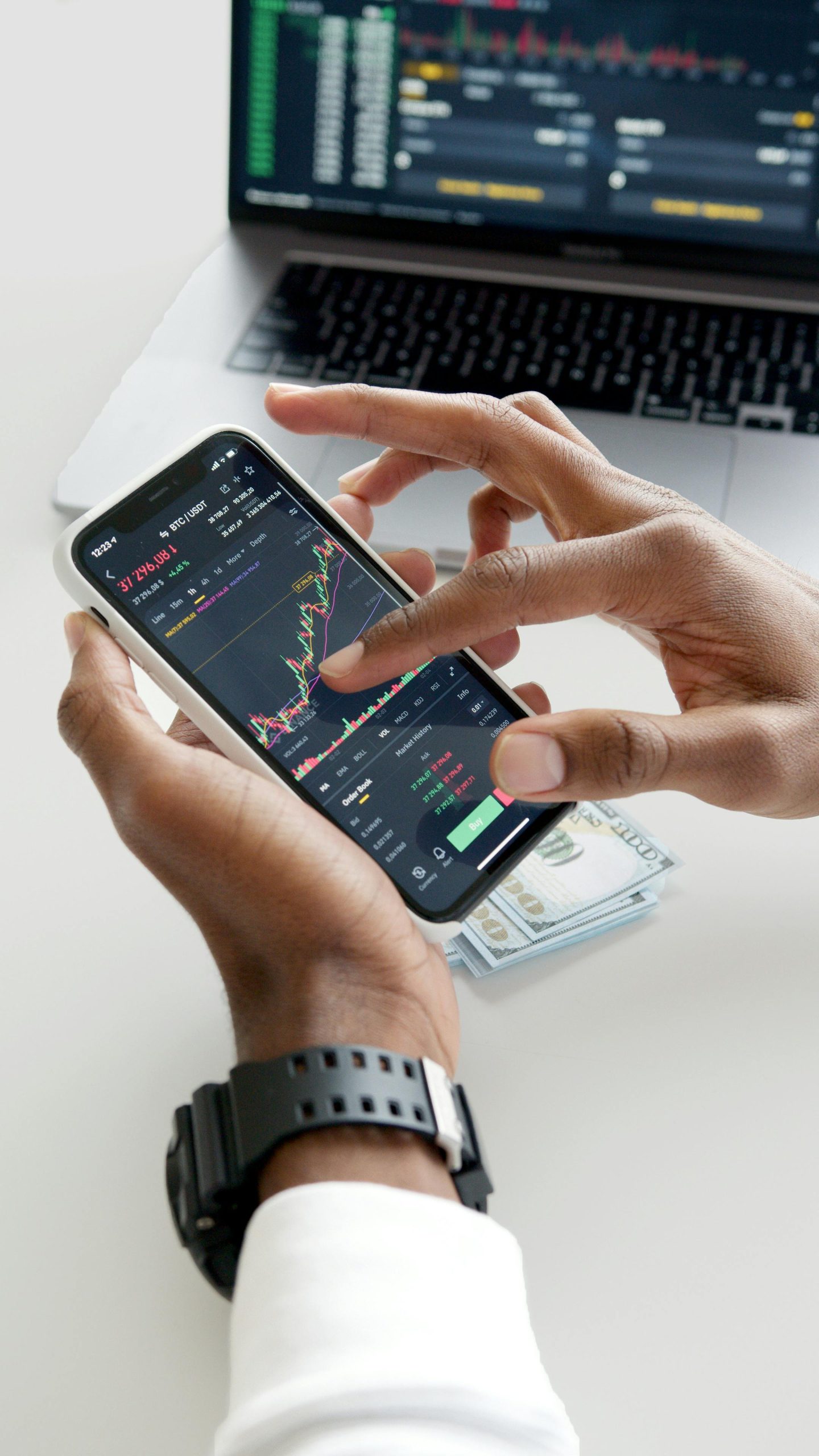Investing in Gold and Precious Metals: A Timeless Strategy

Overview of Gold and Precious Metals in the Investment Landscape
Gold and precious metals have long been a cornerstone in the portfolios of astute investors. Their inherent value, coupled with their scarcity, makes them a sought-after asset class. Unlike other investment options that may fluctuate wildly in response to economic changes, gold offers a stabilising effect, often moving inversely to stock markets and currencies.
Historical Significance and Enduring Value of Gold
For centuries, gold has not only been coveted for its beauty but also revered for its ability to preserve wealth across generations. Its historical significance is unmatched, serving as a universal currency and a symbol of wealth and power. This enduring value underscores gold’s appeal as a safe haven, especially in times of financial uncertainty.
Comparison with Other Investment Options
When compared to stocks, bonds, or real estate, gold and precious metals offer a unique proposition. They are tangible assets that provide a hedge against inflation and currency devaluation. While they may not always offer the high returns of some stocks or real estate investments, their stability and potential for appreciation make them an essential part of a diversified investment portfolio.
Investing in gold and precious metals is not just about preserving wealth; it’s about creating a legacy. With their historical significance, enduring value, and unique investment benefits, they stand out as a timeless strategy for savvy investors.
Understanding the Australian Market for Precious Metals

In the heart of the Australian economy, gold and precious metals play a pivotal role, not just as commodities, but as keystones of financial stability and growth. The allure of these metals, with gold leading the charge, extends beyond their tangible value, offering investors a bulwark against inflation and economic downturns. Australia, rich in natural resources, stands as a significant player on the global stage, with its mining companies, both large and small, contributing substantially to the supply of these precious commodities. Among these, giants like Newcrest Mining and Northern Star Resources are noteworthy, their operations pivotal in shaping the market dynamics.
The regulatory environment in Australia further enhances the appeal of investing in precious metals. Governed by a framework that promotes transparency and fairness, the Australian Securities and Investments Commission (ASIC) and the Australian Prudential Regulation Authority (APRA) ensure that investments in gold and precious metals are secure and compliant with international standards. This robust regulatory environment, coupled with Australia’s rich deposits of gold and precious metals, creates a fertile ground for investors looking to diversify their portfolios and secure their financial future.
How to Invest in Gold and Precious Metals in Australia

Choosing between physical gold and gold securities is a pivotal decision for investors. Physical gold, encompassing bullion and coins, offers tangible assets that can be held and stored, providing a sense of security and direct ownership. However, it comes with the challenges of storage and insurance, adding to the cost. On the flip side, gold securities, such as Exchange-Traded Funds (ETFs) and mining stocks, offer easier liquidity and exposure to gold prices without the hassle of physical storage. Yet, they carry the risk of market volatility and lack the tangible appeal of holding gold directly.
- Bullion and Coins: These are the quintessence of tangible investment, offering a direct connection to the precious metal. When buying, focus on reputable dealers and consider secure storage options.
- ETFs: Gold ETFs provide a flexible and liquid means to invest in gold, tracking the price of the metal without the need to store it physically. They’re ideal for those seeking exposure to gold prices with ease of trading.
- Mining Stocks: Investing in companies that mine gold and other precious metals can offer high returns but comes with higher risk due to operational factors affecting stock prices.
To buy physical gold and precious metals safely in Australia, start by researching reputable dealers, ensuring they are accredited by the Perth Mint or similar institutions. Always request certificates of authenticity and consider using a third-party storage facility to safeguard your investments. Remember, investing in gold and precious metals is not just about wealth preservation; it’s about making a strategic choice that aligns with your investment goals and risk tolerance.
Risks and Rewards of Investing in Precious Metals

The journey into the world of precious metals is one marked by the allure of potential gains and the caution of inherent risks. The volatility of precious metals markets cannot be understated; prices can soar or plummet based on a myriad of economic factors, from inflation rates to geopolitical tensions. Gold, silver, and platinum, among others, are sensitive to shifts in the global economic landscape, making their prices susceptible to rapid changes. This volatility, while posing a risk, also opens the door to significant rewards for those who navigate the market with insight and timing.
- Economic Factors: The prices of gold and precious metals are intricately linked to economic indicators. Inflation, currency devaluation, and economic downturns often see a rise in precious metal prices, as they are considered safe havens.
- Diversification Benefits: Including precious metals in an investment portfolio introduces a layer of diversification. They often move inversely to stocks and bonds, providing a buffer against market volatility and reducing overall portfolio risk.
Investing in precious metals is not just a transaction; it’s a strategic move towards safeguarding and potentially growing one’s wealth. The key lies in understanding the balance between risk and reward, leveraging economic trends, and diversifying one’s investment portfolio to withstand the ebbs and flows of the market. With careful consideration and strategic planning, the journey into precious metals can be both rewarding and secure.
Tax Implications and Considerations for Australian Investors

Investing in gold and precious metals carries unique tax implications that are vital for Australian investors to understand. The allure of these investments lies not only in their potential for appreciation but also in their tax treatment, which differs significantly from other asset classes. At the heart of this is the capital gains tax (CGT), a critical consideration for anyone looking to invest in precious metals. When these assets are sold for a profit, the gain is subject to CGT, which can impact the overall return on investment. However, it’s not all about the liabilities; strategic planning can leverage these tax implications to the investor’s advantage.
- Tax Treatment: Gold and precious metals are considered collectables if they are not held for personal use and can attract CGT. The specific tax treatment depends on how the investment is held and the duration of the investment.
- Capital Gains Tax: The impact of CGT on precious metals investments hinges on the length of time the assets are held. Assets held for more than 12 months may be eligible for a CGT discount, potentially reducing the tax payable on any gains.
- Record-Keeping: Meticulous record-keeping is paramount. Investors must maintain detailed records of their transactions, including purchase dates, costs, sales, and any associated expenses. These records are crucial for accurate tax reporting and ensuring compliance with the Australian Taxation Office (ATO) requirements.
Understanding these tax implications and considerations is essential for anyone looking to diversify their portfolio with gold and precious metals. With careful planning and adherence to reporting requirements, investors can navigate the tax landscape effectively, optimizing their investment strategy and maximizing their returns.
Future Outlook for Gold and Precious Metals

The trajectory of gold and precious metals is influenced by a tapestry of global economic indicators, technological advancements, and evolving market dynamics. As the world grapples with economic uncertainties, precious metals continue to shine as beacons of stability. Inflation, geopolitical tensions, and shifts in currency values often lead investors to seek refuge in these tangible assets, bolstering their prices. Technological innovations are revolutionising the way we mine and recycle precious metals, making extraction more efficient and less environmentally damaging. This could potentially lower production costs and increase supply, influencing market prices.
- Global Economic Indicators: The interplay between inflation rates, currency fluctuations, and economic policies is a critical driver of precious metal prices. In times of economic instability, gold and its peers are seen as safe havens.
- Technological Advancements: Innovations in mining and recycling are set to redefine the supply landscape, potentially affecting prices. Enhanced efficiency and sustainability are the hallmarks of future precious metal extraction.
- Predictions: In the short term, market volatility may prevail, influenced by immediate economic indicators and geopolitical events. Long-term prospects, however, remain bullish, underpinned by enduring demand and the finite nature of these metals.
Investing in gold and precious metals is not merely a hedge against inflation but a strategic move towards a diversified and resilient portfolio. As we navigate through economic cycles, the allure of these ancient stores of value remains undiminished, promising both stability and potential growth for discerning investors.
Future Outlook for Gold and Precious Metals
The trajectory of gold and precious metals is influenced by a tapestry of global economic indicators, technological advancements, and evolving market dynamics. As the world grapples with economic uncertainties, precious metals continue to shine as beacons of stability. Inflation, geopolitical tensions, and shifts in currency values often lead investors to seek refuge in these tangible assets, bolstering their prices. Technological innovations are revolutionising the way we mine and recycle precious metals, making extraction more efficient and less environmentally damaging. This could potentially lower production costs and increase supply, influencing market prices.
- Global Economic Indicators: The interplay between inflation rates, currency fluctuations, and economic policies is a critical driver of precious metal prices. In times of economic instability, gold and its peers are seen as safe havens.
- Technological Advancements: Innovations in mining and recycling are set to redefine the supply landscape, potentially affecting prices. Enhanced efficiency and sustainability are the hallmarks of future precious metal extraction.
- Predictions: In the short term, market volatility may prevail, influenced by immediate economic indicators and geopolitical events. Long-term prospects, however, remain bullish, underpinned by enduring demand and the finite nature of these metals.
Investing in gold and precious metals is not merely a hedge against inflation but a strategic move towards a diversified and resilient portfolio. As we navigate through economic cycles, the allure of these ancient stores of value remains undiminished, promising both stability and potential growth for discerning investors.
Investing in Gold and Precious Metals: A Timeless Strategy
Overview of Gold and Precious Metals in the Investment Landscape
Gold and precious metals have long been a cornerstone in the portfolios of astute investors. Their inherent value, coupled with their scarcity, makes them a sought-after asset class. Unlike other investment options that may fluctuate wildly in response to economic changes, gold offers a stabilising effect, often moving inversely to stock markets and currencies.
Historical Significance and Enduring Value of Gold
For centuries, gold has not only been coveted for its beauty but also revered for its ability to preserve wealth across generations. Its historical significance is unmatched, serving as a universal currency and a symbol of wealth and power. This enduring value underscores gold’s appeal as a safe haven, especially in times of financial uncertainty.
Comparison with Other Investment Options
When compared to stocks, bonds, or real estate, gold and precious metals offer a unique proposition. They are tangible assets that provide a hedge against inflation and currency devaluation. While they may not always offer the high returns of some stocks or real estate investments, their stability and potential for appreciation make them an essential part of a diversified investment portfolio.
Investing in gold and precious metals is not just about preserving wealth; it’s about creating a legacy. With their historical significance, enduring value, and unique investment benefits, they stand out as a timeless strategy for savvy investors.
Understanding the Australian Market for Precious Metals
In the heart of the Australian economy, gold and precious metals play a pivotal role, not just as commodities, but as keystones of financial stability and growth. The allure of these metals, with gold leading the charge, extends beyond their tangible value, offering investors a bulwark against inflation and economic downturns. Australia, rich in natural resources, stands as a significant player on the global stage, with its mining companies, both large and small, contributing substantially to the supply of these precious commodities. Among these, giants like Newcrest Mining and Northern Star Resources are noteworthy, their operations pivotal in shaping the market dynamics.
The regulatory environment in Australia further enhances the appeal of investing in precious metals. Governed by a framework that promotes transparency and fairness, the Australian Securities and Investments Commission (ASIC) and the Australian Prudential Regulation Authority (APRA) ensure that investments in gold and precious metals are secure and compliant with international standards. This robust regulatory environment, coupled with Australia’s rich deposits of gold and precious metals, creates a fertile ground for investors looking to diversify their portfolios and secure their financial future.
How to Invest in Gold and Precious Metals in Australia
Choosing between physical gold and gold securities is a pivotal decision for investors. Physical gold, encompassing bullion and coins, offers tangible assets that can be held and stored, providing a sense of security and direct ownership. However, it comes with the challenges of storage and insurance, adding to the cost. On the flip side, gold securities, such as Exchange-Traded Funds (ETFs) and mining stocks, offer easier liquidity and exposure to gold prices without the hassle of physical storage. Yet, they carry the risk of market volatility and lack the tangible appeal of holding gold directly.
- Bullion and Coins: These are the quintessence of tangible investment, offering a direct connection to the precious metal. When buying, focus on reputable dealers and consider secure storage options.
- ETFs: Gold ETFs provide a flexible and liquid means to invest in gold, tracking the price of the metal without the need to store it physically. They’re ideal for those seeking exposure to gold prices with ease of trading.
- Mining Stocks: Investing in companies that mine gold and other precious metals can offer high returns but comes with higher risk due to operational factors affecting stock prices.
To buy physical gold and precious metals safely in Australia, start by researching reputable dealers, ensuring they are accredited by the Perth Mint or similar institutions. Always request certificates of authenticity and consider using a third-party storage facility to safeguard your investments. Remember, investing in gold and precious metals is not just about wealth preservation; it’s about making a strategic choice that aligns with your investment goals and risk tolerance.
Risks and Rewards of Investing in Precious Metals
The journey into the world of precious metals is one marked by the allure of potential gains and the caution of inherent risks. The volatility of precious metals markets cannot be understated; prices can soar or plummet based on a myriad of economic factors, from inflation rates to geopolitical tensions. Gold, silver, and platinum, among others, are sensitive to shifts in the global economic landscape, making their prices susceptible to rapid changes. This volatility, while posing a risk, also opens the door to significant rewards for those who navigate the market with insight and timing.
- Economic Factors: The prices of gold and precious metals are intricately linked to economic indicators. Inflation, currency devaluation, and economic downturns often see a rise in precious metal prices, as they are considered safe havens.
- Diversification Benefits: Including precious metals in an investment portfolio introduces a layer of diversification. They often move inversely to stocks and bonds, providing a buffer against market volatility and reducing overall portfolio risk.
Investing in precious metals is not just a transaction; it’s a strategic move towards safeguarding and potentially growing one’s wealth. The key lies in understanding the balance between risk and reward, leveraging economic trends, and diversifying one’s investment portfolio to withstand the ebbs and flows of the market. With careful consideration and strategic planning, the journey into precious metals can be both rewarding and secure.
Tax Implications and Considerations for Australian Investors
Investing in gold and precious metals carries unique tax implications that are vital for Australian investors to understand. The allure of these investments lies not only in their potential for appreciation but also in their tax treatment, which differs significantly from other asset classes. At the heart of this is the capital gains tax (CGT), a critical consideration for anyone looking to invest in precious metals. When these assets are sold for a profit, the gain is subject to CGT, which can impact the overall return on investment. However, it’s not all about the liabilities; strategic planning can leverage these tax implications to the investor’s advantage.
- Tax Treatment: Gold and precious metals are considered collectables if they are not held for personal use and can attract CGT. The specific tax treatment depends on how the investment is held and the duration of the investment.
- Capital Gains Tax: The impact of CGT on precious metals investments hinges on the length of time the assets are held. Assets held for more than 12 months may be eligible for a CGT discount, potentially reducing the tax payable on any gains.
- Record-Keeping: Meticulous record-keeping is paramount. Investors must maintain detailed records of their transactions, including purchase dates, costs, sales, and any associated expenses. These records are crucial for accurate tax reporting and ensuring compliance with the Australian Taxation Office (ATO) requirements.
Understanding these tax implications and considerations is essential for anyone looking to diversify their portfolio with gold and precious metals. With careful planning and adherence to reporting requirements, investors can navigate the tax landscape effectively, optimizing their investment strategy and maximizing their returns.
Future Outlook for Gold and Precious Metals
The trajectory of gold and precious metals is influenced by a tapestry of global economic indicators, technological advancements, and evolving market dynamics. As the world grapples with economic uncertainties, precious metals continue to shine as beacons of stability. Inflation, geopolitical tensions, and shifts in currency values often lead investors to seek refuge in these tangible assets, bolstering their prices. Technological innovations are revolutionising the way we mine and recycle precious metals, making extraction more efficient and less environmentally damaging. This could potentially lower production costs and increase supply, influencing market prices.
- Global Economic Indicators: The interplay between inflation rates, currency fluctuations, and economic policies is a critical driver of precious metal prices. In times of economic instability, gold and its peers are seen as safe havens.
- Technological Advancements: Innovations in mining and recycling are set to redefine the supply landscape, potentially affecting prices. Enhanced efficiency and sustainability are the hallmarks of future precious metal extraction.
- Predictions: In the short term, market volatility may prevail, influenced by immediate economic indicators and geopolitical events. Long-term prospects, however, remain bullish, underpinned by enduring demand and the finite nature of these metals.
Investing in gold and precious metals is not merely a hedge against inflation but a strategic move towards a diversified and resilient portfolio. As we navigate through economic cycles, the allure of these ancient stores of value remains undiminished, promising both stability and potential growth for discerning investors.
.
In Closing
Gold and precious metals stand as pillars of financial resilience. They offer a unique blend of stability and legacy-building potential, unmatched by more volatile investment avenues. Through strategic diversification and an understanding of market dynamics, investors can navigate the complexities of the financial world, securing their wealth against inflation and economic downturns. As we look to the future, embracing these timeless assets could be the key to a robust and prosperous financial portfolio.

Ayesha Brueckner is your typical 24 year. Carrying a mountain of student debt. Looking at house prices and wondering if buying one will ever be possible. Looking for income solutions outside of a weekly wage. Join her on her investment and wealth research journey.

